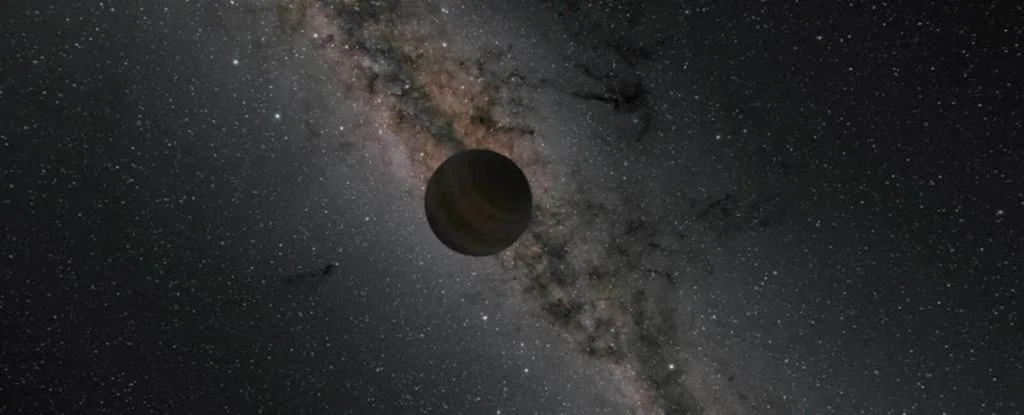The solar system is already 4.6 billion years old, and the current arrangement of planets betrays its dynamic history: Something caused the worlds to change. The recent discovery of the first interstellar objects known to science has led astronomers to believe that such an object may have visited our cosmic family in the past, and this is what created the picture we see now.
The orbits of the planets in the solar system are not exactly in the same plane. Astronomers use the Earth’s orbital plane as a reference point: this is called the ecliptic plane. The orbital plane of no other planet coincides with it – they are all slightly inclined and of different shapes: for example, Mercury – seven degrees, Mars – less than two, Jupiter – only one and a half, Saturn – two and a half. At the same time, the orbits are still slightly elongated.
Astrophysicists from the University of Toronto (Canada) and the University of Arizona (USA) emphasize in their latest paper (available on the Cornell University preprint server) that all these are clear signs of gravitational disturbances experienced by the system. They explained that during the initial formation of worlds in the protoplanetary disk, they arose from perfectly circular orbits orbiting exactly in the plane of the solar equator. If there had been no intervention in our system, it would have remained like this until now.
Mostly, the dynamics of planets are explained by internal processes, that is, the interaction of celestial bodies in the system. The Nice model (developed at the observatory located here) is now considered the most common. It is based on the assumption that initially there was a dense and rather heavy belt of small celestial bodies on the outskirts of the solar system, and this belt gradually replaced and replaced the gas giants.
But the authors of the new study said that no theory proposed so far explains the current state of the solar system. Scientists tried to find a new answer to this question: They assumed that the planets reached their current state by external influence.
Also read – Space force will test modular satellite technology on an upcoming mission
Previously, there were already suspicions that another star could fly near us and disrupt the peace of the system with its gravity. Now researchers decided to consider another option: the impact not of a star, but of a planet or a brown dwarf. As a reminder, brown dwarfs are considered objects with a mass of at least 13 Jupiter masses. These are called substellar objects where weak thermonuclear reactions can occur.
Astronomers simulated many different options for the appearance of such an object from interstellar space and came to the conclusion that it is quite possible for an object with a mass of two to 50 Jupiter masses to fly along a hyperbolic orbit at a distance of 20 astronomical units from the Sun. That is, it is a maximum of 20 times farther from our star than Earth. Uranus is currently located 19 astronomical units away from the luminary.
Scientists characterized the most likely of all the cases considered as a visit to the solar system by a planet weighing eight Jupiters “weight” at a distance of 1.69 AU from the Sun, slightly farther than where Mars is now located.
Such a scenario looks increasingly realistic, thanks to new discoveries in recent years. Firstly, the asteroid ‘Oumuamua and comet Borisov, the first celestial bodies known from interstellar space, and secondly, the so-called free-floating planets – worlds that do not belong to stars.













